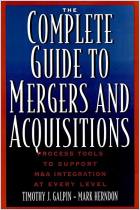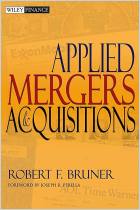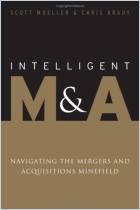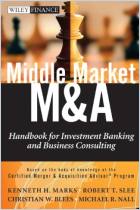A blockbuster merger might seem like an executive’s easy path to profit and glory. In truth, the M&A field is fraught with pitfalls, strategist Timothy Galpin writes in this 10-step guide to mergers and acquisitions. The uncomfortable reality is that, despite the flowery press releases and breathless news coverage, most corporate marriages flop. But in this useful guide, Galpin tries to improve the odds by offering a methodical approach to everything from finding the right companies to acquire to making sure valued employees stick around after the deal is done.
The M&A process begins with formulating an acquisition strategy.
Mergers are often an attractive way to grow, but the first step in winning at mergers and acquisitions is to understand their pitfalls. Ample research demonstrates the harsh reality of M&A outcomes: Overall, sellers win and buyers lose. A KPMG study concluded that more than 80% of M&A deals did nothing to boost the acquiring company’s fortunes, and other studies have shown similarly dismal results. While most acquisitive companies lose out, a minority of buyers do manage to boost their returns, mainly by applying a disciplined, systematic approach to M&A.
The companies that thrive in M&A zero in on potential acquisitions that offer one or more of the “10 Cs”:
- “Channels” – new modes of delivering products to customers.
- “Content” – novel offerings or services.
- “Capabilities” – enhancing an acquirer’s systems or people.
- “Customers” – entries into untapped markets.
- “Countries” – nations or regions...
Timothy Galpin is a senior lecturer in strategy and innovation at Saïd Business School, University of Oxford, and a consultant to boards and senior management.















Comment on this summary